Rough sandstone is an exquisite and versatile natural stone that has been used for centuries in a variety of construction and design applications. Its unique texture and natural variations make it a popular choice for adding a touch of elegance and warmth to any space. If you are considering incorporating rough sandstone into your project, whether it be a new build, renovation, or landscaping endeavor, this comprehensive guide will provide you with all the information you need to make an informed decision.
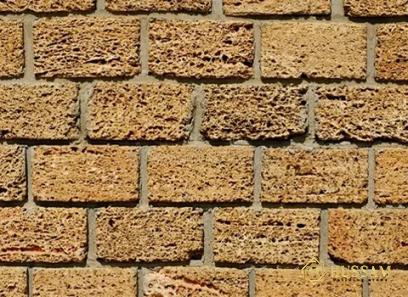
.
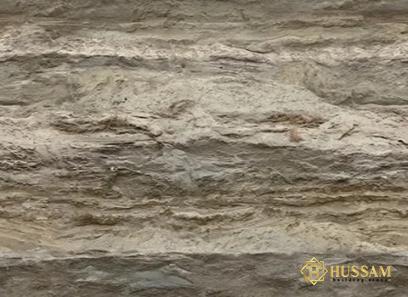 Rough sandstone is a type of sedimentary rock that is composed of sand-sized mineral particles, primarily quartz and feldspar, bound together by natural cementing materials such as calcium carbonate or iron oxide. Its distinctive coarse texture is a result of the sand grains that make up its composition, giving it a rugged and natural appearance that is highly sought after in architectural and design circles.
Rough sandstone is a type of sedimentary rock that is composed of sand-sized mineral particles, primarily quartz and feldspar, bound together by natural cementing materials such as calcium carbonate or iron oxide. Its distinctive coarse texture is a result of the sand grains that make up its composition, giving it a rugged and natural appearance that is highly sought after in architectural and design circles.
One of the key characteristics of rough sandstone is its unique texture, which can vary from fine and smooth to coarse and rough, depending on the specific type of sandstone and how it is quarried. This natural variation is what gives rough sandstone its charm and character, making each piece truly one-of-a-kind. Rough sandstone also comes in a wide range of colors, from earthy browns and reds to subtle grays and whites, offering plenty of options to suit any design aesthetic. The natural veining and patterns found in rough sandstone add depth and visual interest to any space, creating a sense of timelessness and sophistication.
..
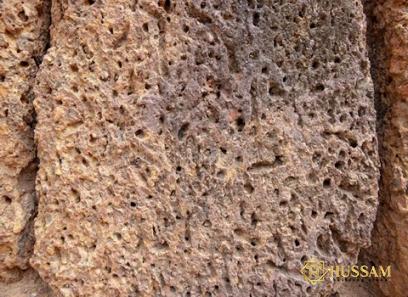 As you embark on your journey to incorporate rough sandstone into your project, consider the following tips to ensure a successful outcome:
As you embark on your journey to incorporate rough sandstone into your project, consider the following tips to ensure a successful outcome:
1. Work with a Professional: If you are unsure about how to best incorporate rough sandstone into your project, consider working with a design professional or contractor who has experience working with natural stone. They can provide valuable insights and expertise to help you achieve your desired design vision. 2. Consider the Surrounding Environment: When selecting rough sandstone for your project, consider the surrounding environment and how the stone will complement the existing features and landscape. Choose a color and texture that harmonizes with the overall aesthetic of the space for a cohesive and visually pleasing result. 3. Plan for Installation: Proper installation is key to ensuring the longevity and beauty of rough sandstone in your project. Be sure to work with a skilled installer who has experience working with natural stone to ensure a high-quality and seamless installation. 4. Regular Maintenance: To keep your rough sandstone looking its best, establish a regular maintenance routine that includes cleaning and sealing the stone as needed. By caring for your rough sandstone properly, you can ensure that it maintains its natural beauty and durability for years to come.
…
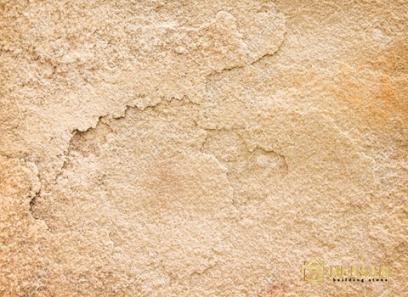 In conclusion, rough sandstone is a stunning and versatile natural stone that offers a timeless appeal and unique character to any project. Its durability, natural beauty, and wide range of applications make it a popular choice for architects, designers, and homeowners alike. By understanding the characteristics, uses, maintenance, and care of rough sandstone, you can confidently select the right stone for your project and enjoy its beauty for years to come. Whether you are incorporating rough sandstone into your home, landscaping, or commercial space, it is sure to make a lasting impression and elevate the design aesthetic of any environment.
In conclusion, rough sandstone is a stunning and versatile natural stone that offers a timeless appeal and unique character to any project. Its durability, natural beauty, and wide range of applications make it a popular choice for architects, designers, and homeowners alike. By understanding the characteristics, uses, maintenance, and care of rough sandstone, you can confidently select the right stone for your project and enjoy its beauty for years to come. Whether you are incorporating rough sandstone into your home, landscaping, or commercial space, it is sure to make a lasting impression and elevate the design aesthetic of any environment.

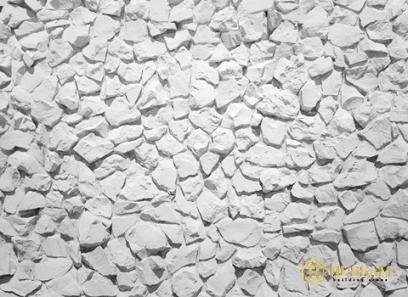
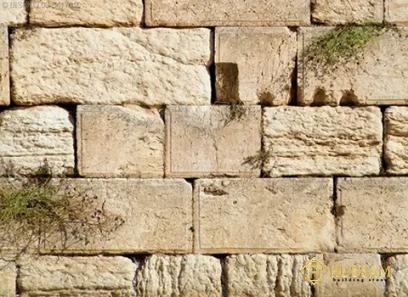
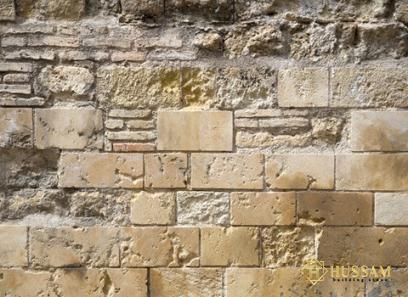
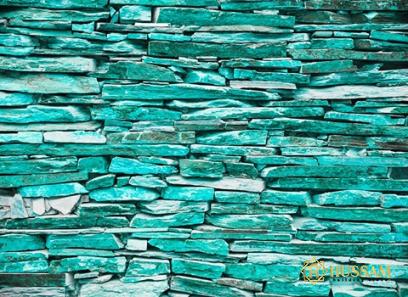
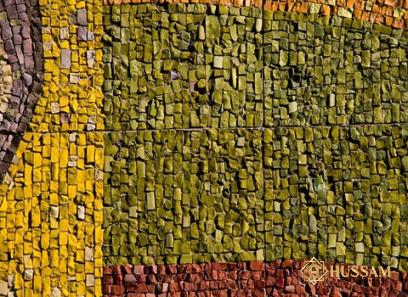
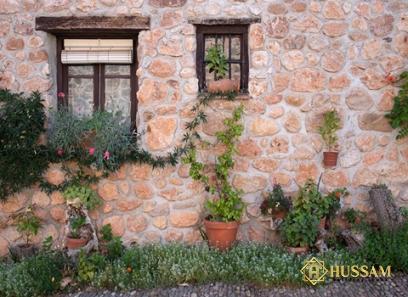

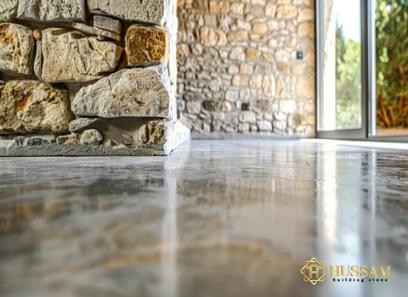
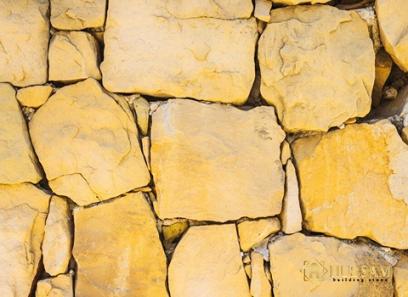
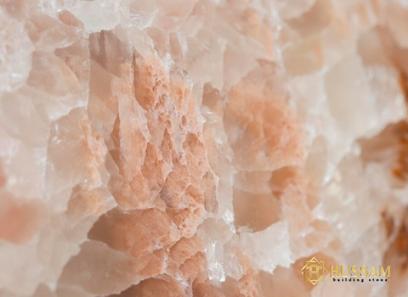
Your comment submitted.